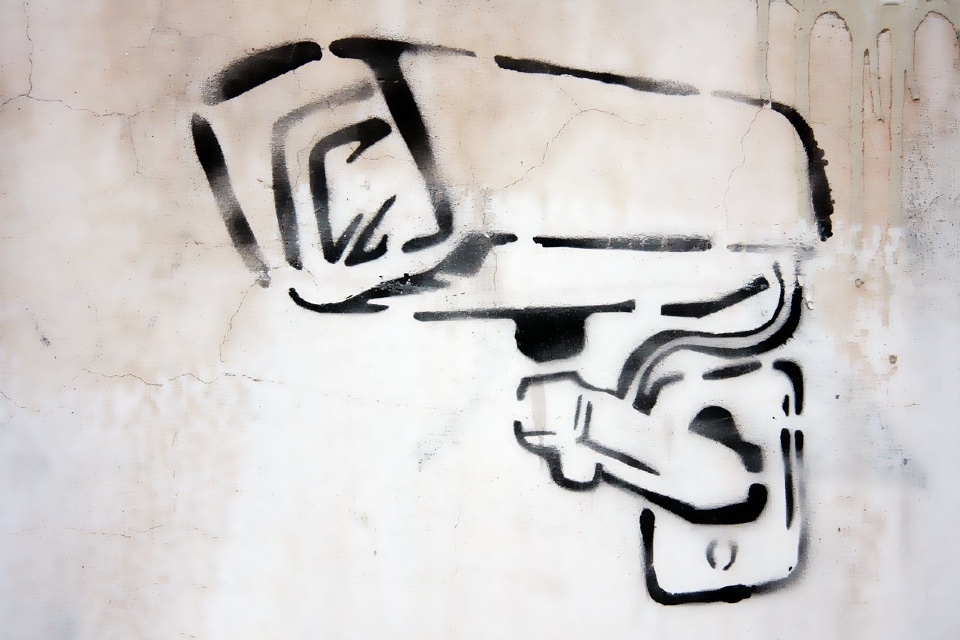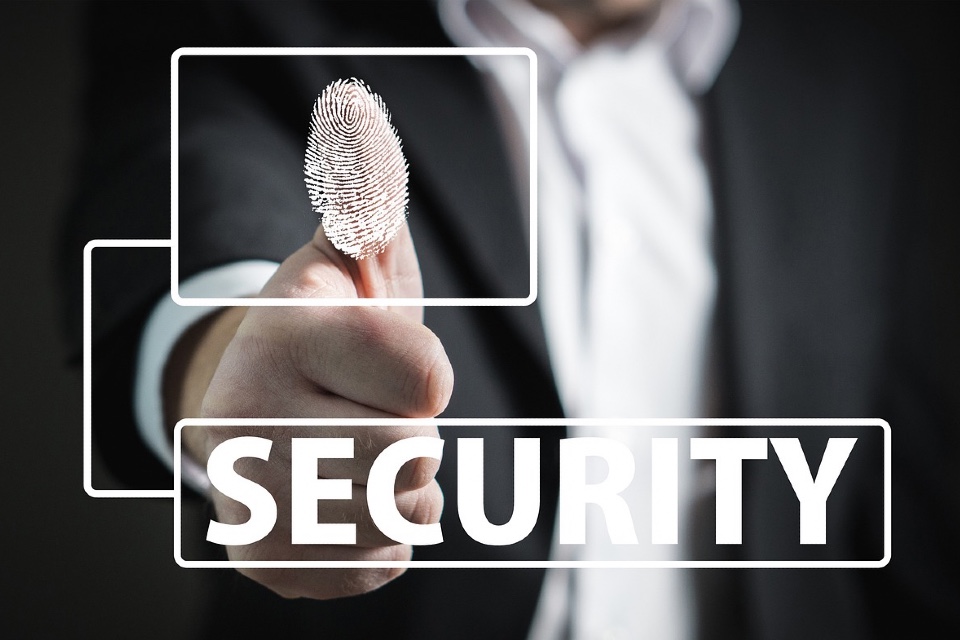In a world where cyber threats garner much attention, the significance of physical security in safeguarding businesses cannot be understated. Physical security involves the use of multiple layers of protective measures to ensure the safety of personnel, assets, and information. This primer aims to detail the key aspects of physical security…
1. Physical Barriers: The first line of defence, physical barriers, deter, delay, and prevent unauthorised access. These include fences, walls, security doors, gates, and window security systems. The type and intensity of the barrier depend on the value of the assets protected and the potential threats.
2. Surveillance Systems: Surveillance technology, like CCTV cameras and security mirrors, allows for constant monitoring of a facility. This not only acts as a deterrent but also provides evidence in case of security breaches.
3. Access Control: Physical access control ensures only authorized individuals can enter certain areas. This can be managed through various means such as locks and keys, card readers, biometric systems, and electronic access control systems.
4. Lighting: Effective lighting is a simple but crucial aspect of physical security. Adequate lighting helps deter potential intruders, aids surveillance, and ensures safe movement for employees and visitors during low-light hours.
5. Security Personnel: Trained security personnel are an integral component of physical security. They can respond to situations, provide a human deterrent to potential intruders, and assist with the maintenance and operation of security systems.
6. Intrusion Detection Systems: These systems detect attempts to gain unauthorized access. They include motion detectors, glass break sensors, door contacts, and alarm systems.
7. Security Policies and Procedures: Physical security isn’t just about equipment and systems. Effective policies and procedures, such as visitor management, emergency response plans, and regular security audits, are equally important.
8. Layered Defence: The principle of layered defence, or defence in depth, involves multiple layers of security measures. If one measure fails, others still stand in the way of unauthorised access.
It’s essential to note that physical security needs vary from business to business, depending on factors like the size of the organisation, the nature of its assets, and the potential threats it faces.
As such, the development of a physical security strategy should involve a thorough risk assessment to identify vulnerabilities and determine the most effective combination of measures to address them.
Physical security is an indispensable aspect of an overall security strategy. By understanding its key components, businesses can protect their valuable assets, provide a safe environment for employees, and ensure their smooth operation.





